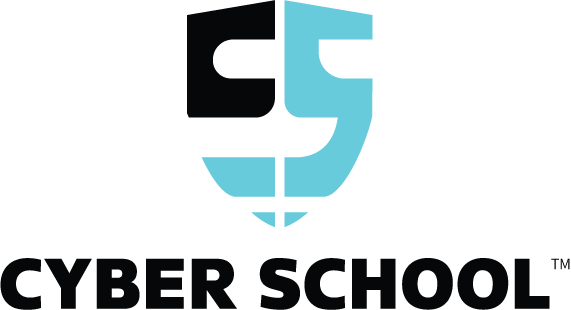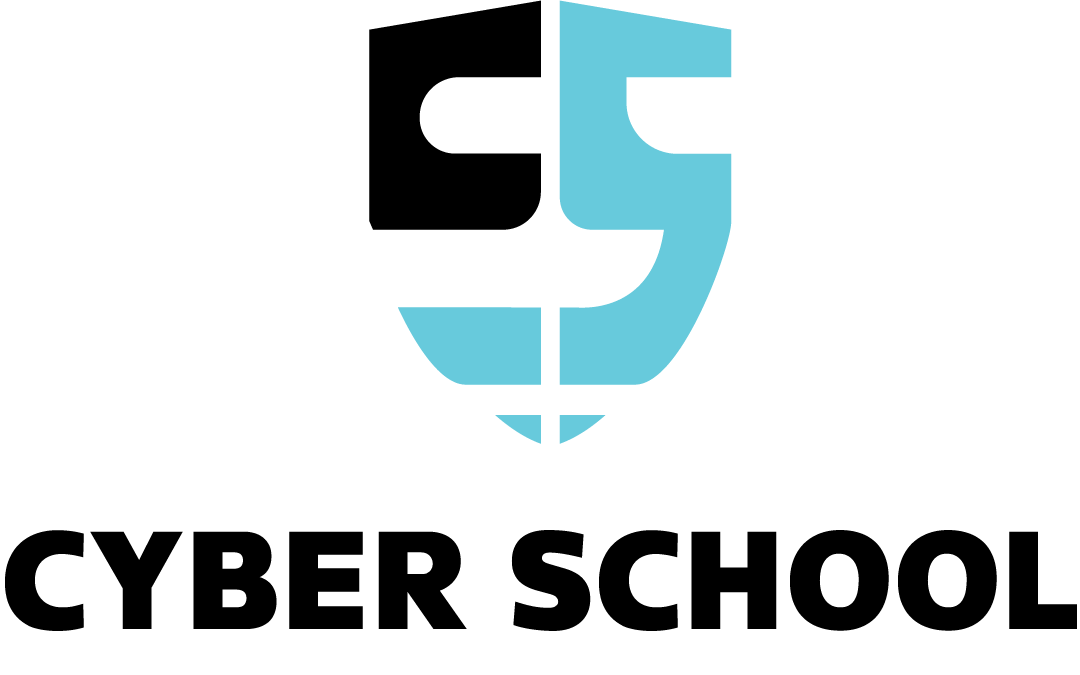https://gamma.app/embed/kbsydnkb2yq8nt3
AI Explorer – US Full Curriculum
Part of the Cyber School 6-Year Pathway
Target Audience: Grade 6 Students and Above (Ages 11+). This course is designed for Grade 6 students as the starting point, but older students are welcome to join.
Course Duration: 38 Core Sessions (1 hour each) + 10 Optional Sessions
Course Format: Fully Online, Hands-On Learning using free AI platforms and tools
About the Cyber School 6-Year Pathway
Cyber School’s 6-Year Pathway is designed to guide students from foundational digital literacy to advanced cybersecurity and AI skills. Starting with simple computer basics and culminating in complex cybersecurity challenges, students grow into skilled coders, ethical hackers, and AI innovators.
The 6 Courses in the Pathway:
- Cyber Kids (Grade 4+) – Computer basics, internet safety, and Scratch coding.
- Programming Through Games (Minecraft) (Grade 5+) – Learn coding through Minecraft: Education Edition.
- AI Explorer (Grade 6+) – Dive into artificial intelligence, machine learning, and data science.
- Cyber Rangers (Grade 7+) – Explore cybersecurity fundamentals and ethical hacking.
- Python Security (Grade 8+) – Build advanced coding skills and security tools using Python.
- Cyber Battle Royale (Grade 9+) – Apply skills in competitive CTF challenges and AI security projects.
Start Anytime, Learn at Your Own Pace:
- Courses are recommended to be taken chronologically, but they are independent—students can jump into any course based on their interests and skills.
About This Course: AI Explorer
Artificial Intelligence (AI) is shaping the world around us—from voice assistants like Alexa to recommendation systems on Netflix. In AI Explorer, students dive into the exciting world of AI and create their own AI projects using beginner-friendly tools.
Course Goals:
- Introduce core AI concepts like machine learning, neural networks, and natural language processing.
- Explore how AI impacts daily life and ethical concerns surrounding its use.
- Build AI projects using block-based tools, transitioning to Python for more advanced learners.
- Teach data science basics, including data collection, cleaning, and visualization.
- Encourage creativity and critical thinking through hands-on labs and projects.
Prerequisites:
- No prior AI or data science knowledge required.
- Basic understanding of computer functions and introductory coding (Scratch or Minecraft coding experience helpful).
Module 1: Understanding AI (Sessions 1-6)
Students begin by exploring what AI is, how it works, and where they see it in everyday life.
- What is AI?
- The history of AI and how it impacts our lives (think Alexa, YouTube, and self-driving cars).
- Lab: Explore AI tools like Teachable Machine and create a simple image recognition model.
- Types of AI: Narrow, General, and Super AI
- Understanding AI categories and real-world examples.
- Lab: Use Quick, Draw! to see how AI recognizes hand-drawn images.
- AI in Games & Entertainment
- How AI is used in video games, movies, and music.
- Lab: Program an AI to play Tic-Tac-Toe against you using Machine Learning for Kids.
- Data: The Fuel of AI
- How AI learns from data and why data quality matters.
- Lab: Build a simple chatbot using Google’s Dialogflow.
- Machine Learning 101
- The basics of machine learning: supervised vs. unsupervised learning.
- Lab: Train a machine learning model to sort images (cats vs. dogs) using Teachable Machine.
- Ethics in AI: Can Machines Be Fair?
- Explore bias in AI, privacy concerns, and the human side of technology.
- Lab: Examine real-world examples of biased AI and discuss ways to prevent it.
Module 2: AI & Data Science (Sessions 7-16)
Students explore how AI uses data, make predictions, and analyze patterns.
- Collecting & Cleaning Data
- How to gather and organize data for AI projects.
- Lab: Create your own dataset using Google Sheets and clean it for analysis.
- Data Visualization: Turning Numbers into Pictures
- Understand graphs, charts, and visual storytelling.
- Lab: Use Datawrapper to create interactive charts from your dataset.
- Predicting the Future: AI & Predictions
- How AI predicts trends, from sports scores to weather.
- Lab: Build a simple prediction model using Machine Learning for Kids.
- Natural Language Processing: Teaching AI to Talk
- How AI understands human language (like Siri and Alexa).
- Lab: Build a text classifier that can tell if a sentence is happy or sad.
- AI in Social Media: Recommendations & Algorithms
- How TikTok and YouTube use AI to recommend videos.
- Lab: Reverse-engineer a recommendation engine and see how content is chosen.
- AI Art & Creativity: Can Machines Be Artists?
- How AI creates art, music, and stories.
- Lab: Use Deep Dream Generator or DALL·E to create AI-generated art.
- AI in Robotics: Smarter Machines
- How AI powers robots, from Roombas to factory bots.
- Lab: Simulate a robot’s pathfinding using a virtual coding tool.
- AI for Good: Solving Real-World Problems
- How AI is used in medicine, environmental science, and disaster relief.
- Lab: Create an AI that predicts wildfire risks based on data.
- Building AI-Driven Games
- Use AI to build games where the computer adapts to player moves.
- Lab: Create a Rock, Paper, Scissors game with AI that tries to beat the player.
- Data Ethics & Privacy: What Should AI Know?
- Balancing data use with privacy concerns.
- Lab: Debate scenarios around AI ethics and privacy.
Module 3: Building Real AI Projects (Sessions 17-32)
Students design, build, and code their own AI systems using both block-based tools and Python.
- Intro to Python for AI
- Python basics focused on AI applications.
- Lab: Write your first Python code to analyze text.
- Training AI Models with Python
- Using real datasets to train and test AI.
- Lab: Build a simple image classifier using Scikit-learn.
- Building a Virtual Assistant
- Create a chatbot that can hold simple conversations.
- Lab: Program a virtual assistant that answers trivia questions.
- AI in Games: Smarter NPCs
- How AI controls non-player characters (NPCs) in games.
- Lab: Create an AI opponent for a simple Python game.
- AI-Driven Storytelling: Choose Your Own Adventure
- Use AI to write dynamic stories that respond to player choices.
- Lab: Build an interactive “Choose Your Own Adventure” game.
- Simulating Real-World AI Challenges
- Explore self-driving cars, facial recognition, and more.
- Lab: Use a virtual simulator to train a self-driving car.
- Design Thinking for AI
- How to plan AI solutions for real-world problems.
- Lab: Brainstorm AI projects that solve social or environmental issues.
24-32. Final Project: Build Your Own AI
- Students plan, design, and code an AI system of their choice.
- Lab: Regular progress check-ins, coding labs, and peer reviews.
Module 4: Final Showcase & Beyond (Sessions 33-38)
- Preparing the Project Presentation
- Creating engaging presentations to showcase their AI.
- Lab: Build a slide deck explaining the AI project.
- Testing & Debugging
- Final fixes and improvements before the showcase.
- Lab: Peer testing and constructive feedback.
35-37. AI Expo: Student Presentations
- Students present projects to the class and invited guests.
- Lab: Live demo sessions where students walk through their AI projects.
- Wrap-Up & What’s Next in AI?
- Explore career paths in AI, data science, and cybersecurity.
- Lab: Plan next steps based on interests—cybersecurity, robotics, or data science.
Optional Content & Enrichment (10 Extra Sessions)
- AI & Space Exploration: Use AI tools to map new planets.
- AI Music Maker: Create songs using AI-generated beats.
- AI & Climate Change: Build models predicting environmental shifts.
- Design a Virtual Pet: Create a digital pet that learns new tricks.
- AI in Medicine: Explore AI’s role in disease detection and healthcare.
- Deep Fakes & Reality: Learn how AI manipulates media and how to detect it.
- AI in Sports: Analyze sports stats and predict game outcomes.
- Voice-Controlled Games: Build a game that responds to voice commands.
- Facial Recognition Systems: Explore how AI detects faces (ethics included).
- AI Showcase for Friends & Family: Invite loved ones to experience the projects.

